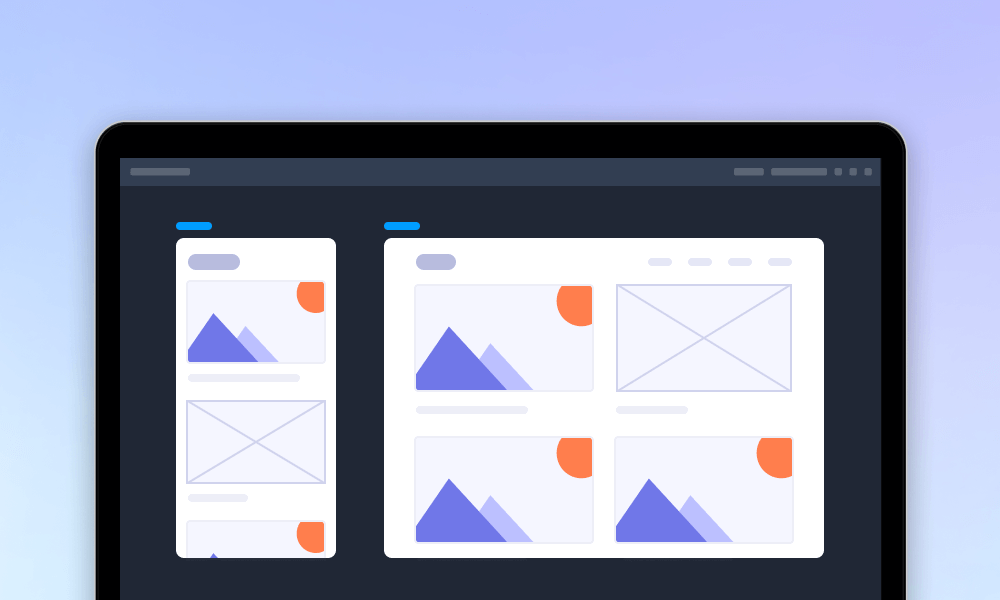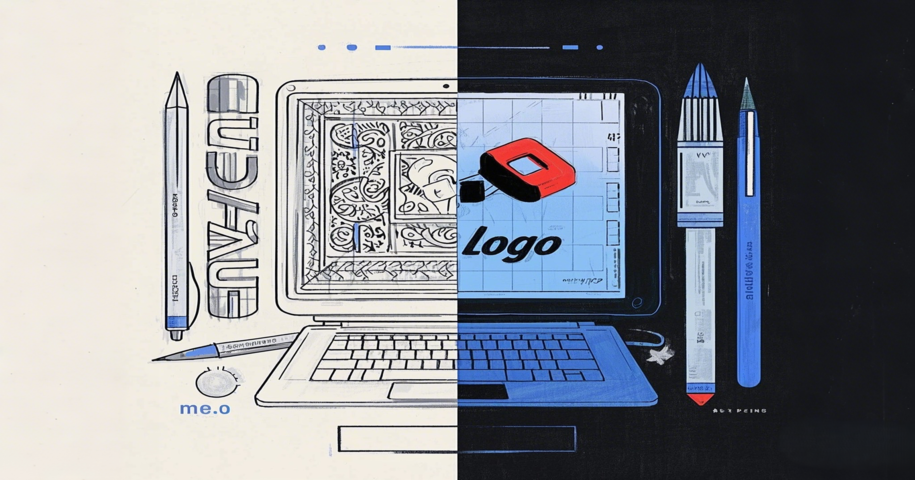
A business logo is more than just a design. It’s the face of your brand and plays a crucial role in creating a lasting impression with your customers. Whether you're a startup establishing your identity or a well-established company updating your brand, your logo shapes how customers perceive your business. In a competitive market, a great logo helps your business stand out, builds trust, and communicates your values clearly.
In this article, we’ll explore the common challenges in traditional logo design, how good design tools can revolutionize the process, and outline the steps to streamline your workflow while balancing creativity with convenience.
When it comes to business logo design, many companies still rely on traditional methods that are often inefficient and time-consuming. While these approaches have worked in the past, they present several challenges in today’s fast-paced and ever-evolving business landscape. Below are some of the key challenges businesses face when creating logos using traditional methods:
Traditional logo design typically involves multiple tools and manual processes, which can be slow and cumbersome. Designers may start by sketching ideas on paper, then move to digital design software, followed by rounds of revisions and approvals. This fragmented process not only delays timelines but also increases the risk of errors and inconsistencies.
Designers using traditional methods often lack access to a broad range of resources such as templates, high-quality vectors, and pre-defined design elements. Without modern design tools offering a vast library of assets, creating a unique and professional business logo becomes more challenging and time-consuming.
Collaboration is essential when designing a business logo, especially when feedback from multiple stakeholders is required. In traditional methods, feedback typically comes via emails or meetings, which can be disorganized and difficult to track. This lack of streamlined communication often leads to delays, misunderstandings, and a final design that does not fully meet expectations.
In today’s fast-paced business environment, brands need frequent logo revisions as strategies and market trends change. Traditional methods, often involving manually creating multiple logo versions, can be inflexible when making rapid adjustments or variations to suit different contexts or media.
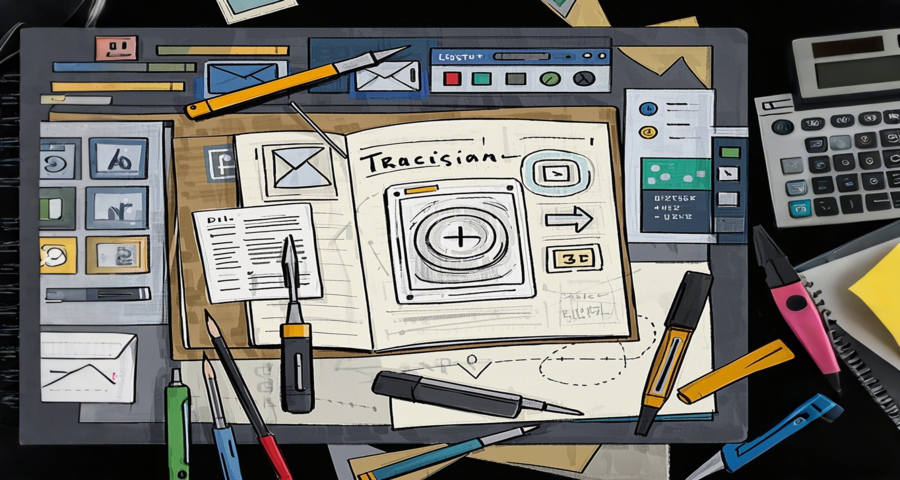
Traditional business logo design process
Having understood the limitations and challenges of traditional business logo design, it's clear that businesses need more efficient, streamlined, and collaborative solutions. Smarter tools are transforming the way logos are designed, offering solutions that address these very issues while enhancing creativity and efficiency.
Unlike traditional workflows that rely on disconnected software and manual feedback loops, modern platforms offer a more seamless, integrated experience that saves time and supports better creative outcomes.
Rather than switching between different tools for sketching, sharing, and reviewing, modern platforms bring everything into a unified interface. From the first concept to final delivery, everything is managed in one space, making the process smoother, faster, and easier to control.
With pre-built components, icon libraries, and style presets, designers no longer need to start from scratch. These resources provide a solid foundation that can be quickly customized to create high-quality, on-brand logos—especially when deadlines are tight.
Smart tools allow for direct commenting and annotation within the design, enabling team members to provide feedback quickly and efficiently. This eliminates long email threads, miscommunication, and delays, making it easier to iterate and refine designs confidently.
Maintaining brand consistency is critical in business logo design. Modern platforms allow teams to work within shared style guides and reusable components, ensuring logos stay aligned with brand guidelines across all versions, contexts, and devices.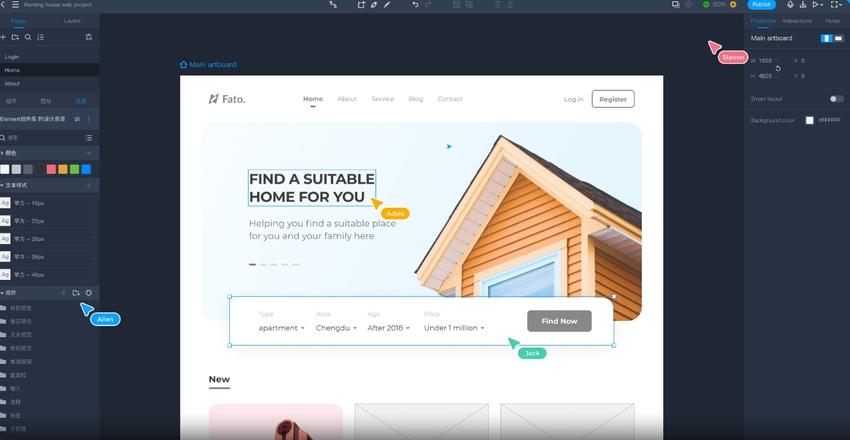
Integrated design and collaborative system in Mockplus
Fortunately, there are some professional tools today that make this kind of business logo design workflow not only possible, but refreshingly simple. Here’s how it typically unfolds.
Designing a business logo doesn’t have to be a long, disjointed process. With smarter design tools, the entire workflow can be simplified—from your first idea to final delivery. Here’s a look at how a modern, streamlined logo design process unfolds:
Step 1: Build Your Brand with Ready-Made Components and Templates
Smart platforms offer pre-built components, icon libraries, and layout templates tailored for brand creation. These help you quickly assemble the foundational elements of your logo while staying within visual standards. This way, you can focus on your brand vision without worrying about every detail from scratch.
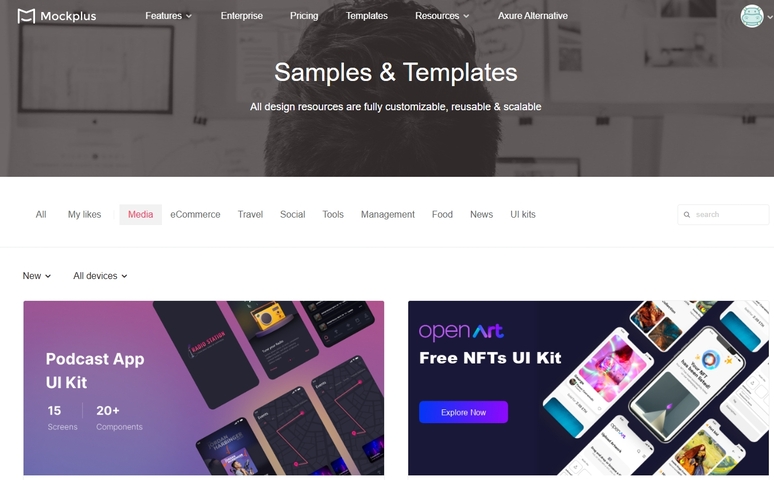
Plentiful samples and Templates in Mockplus
Step 2: Ensure Brand Consistency by Reusing Existing Assets
Access to shared design systems or previous brand materials allows you to pull in fonts, colors, and layout styles that reflect your business identity. Smart tools help maintain visual coherence by reusing and adapting these elements, saving time and ensuring alignment across different projects.
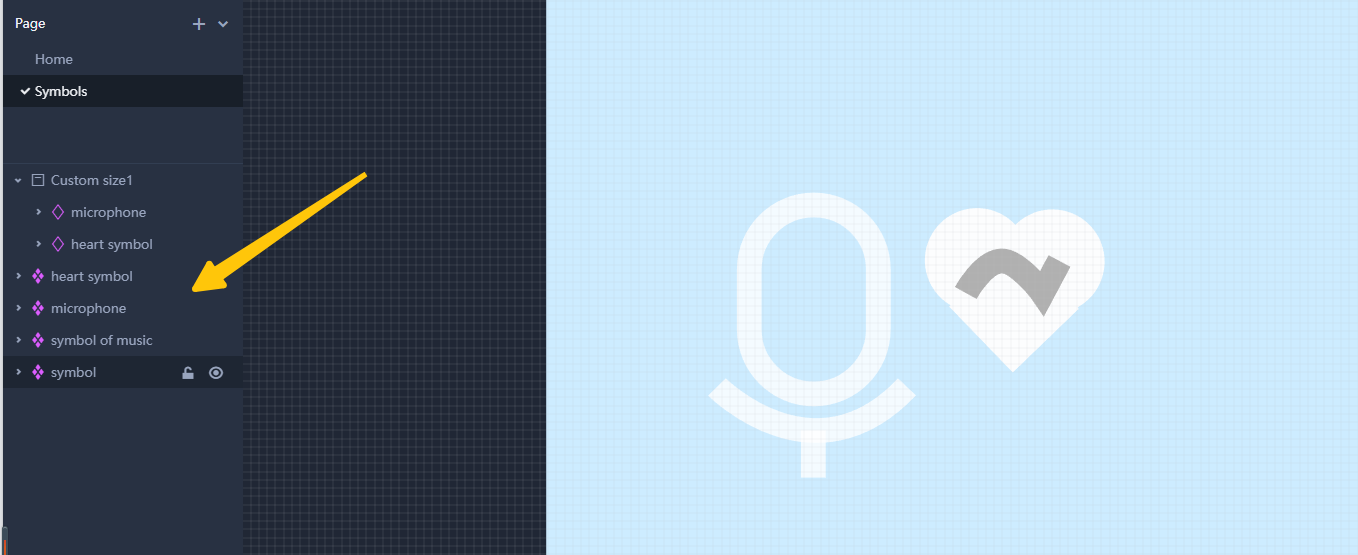
Choose the reusing symbol for your business logo
Step3: Create and Iterate Seamlessly in One Workspace
All stages of logo design, from drafting to editing, can happen in the same workspace. With features like real-time updates, version history, and auto-saving, you can test variations, adjust styles, and make design decisions without jumping between different tools.
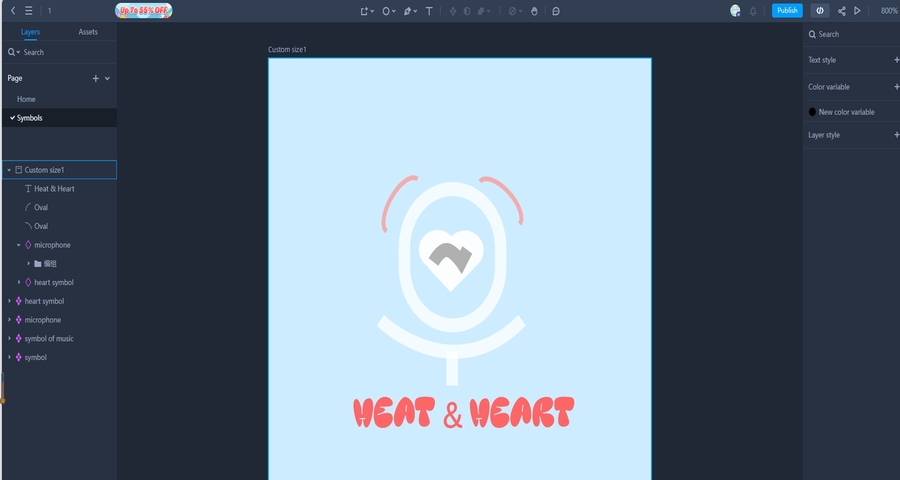
Create your business logo in your way
Step 4: Gather Real-Time Feedback and Collaborate Instantly
Instead of relying on scattered feedback through emails or offline notes, stakeholders can comment directly on your design. Teams can discuss updates, tag teammates, and suggest edits—all within the same platform. With feedback tied to specific design elements, decision-making becomes clearer and faster.
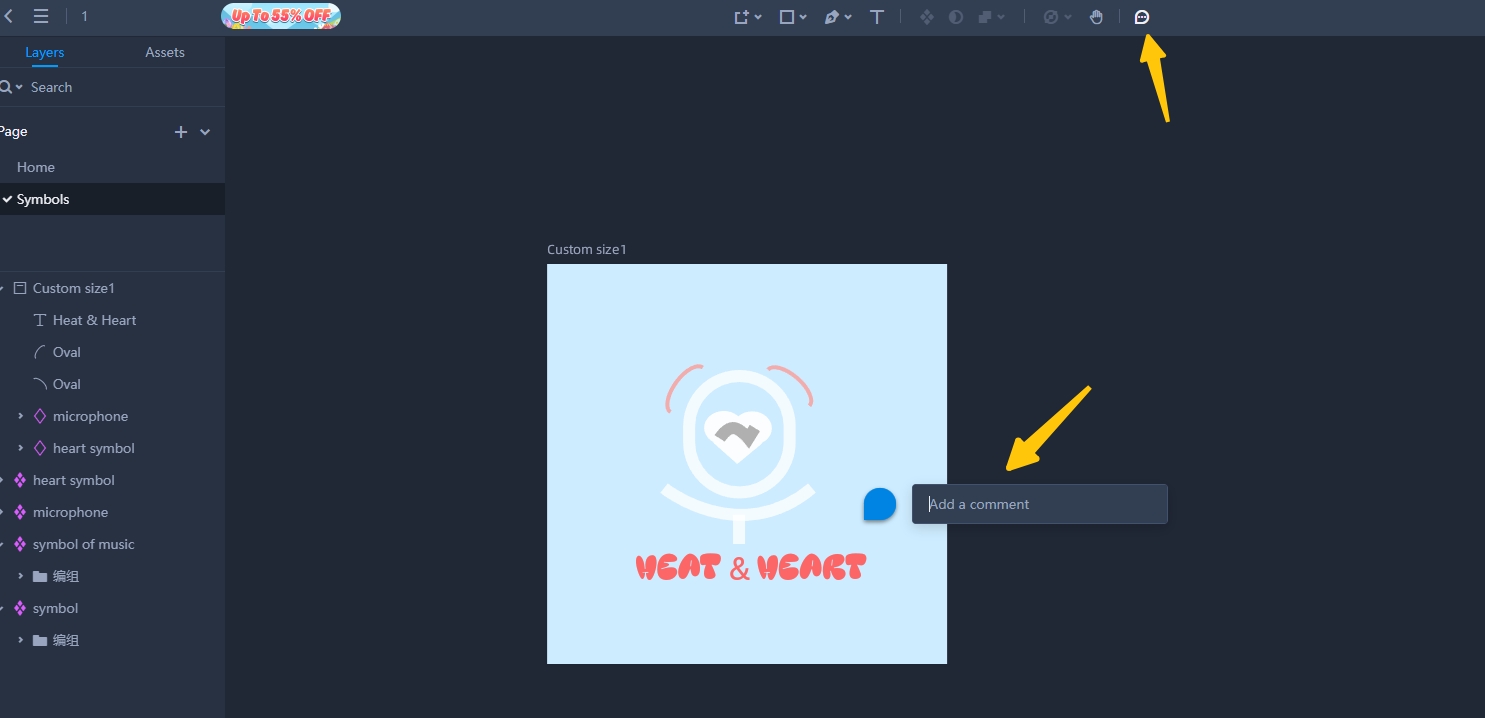
The team will comment on your business logo anytime
Step 5: Preview Across Devices Before You Deliver
Preview how your logo looks across multiple devices, ensuring its adaptability to desktop, mobile, or tablet screens. Once finalized, export the logo in the required formats for seamless implementation across all platforms.
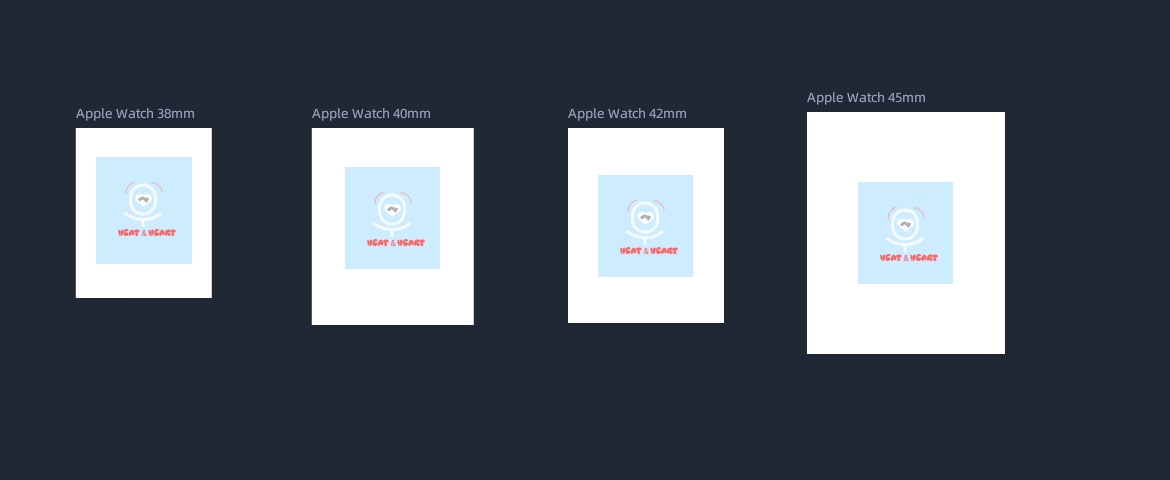
Preview different results in different devices
With a smarter, component-driven platform, business logo design becomes less about wrestling with tools—and more about bringing your brand to life with clarity, speed, and confidence.
In business logo design, the ultimate goal is to create something unique and impactful, while ensuring the process remains efficient and effective. Striking a balance between creativity and convenience allows designers to produce logos that are both innovative and aligned with the brand’s vision. Here’s how modern design tools help achieve that balance:
Smart tools offer customizable templates and design components that fit within brand guidelines, giving designers the flexibility to create unique logos while maintaining visual consistency with the brand identity.
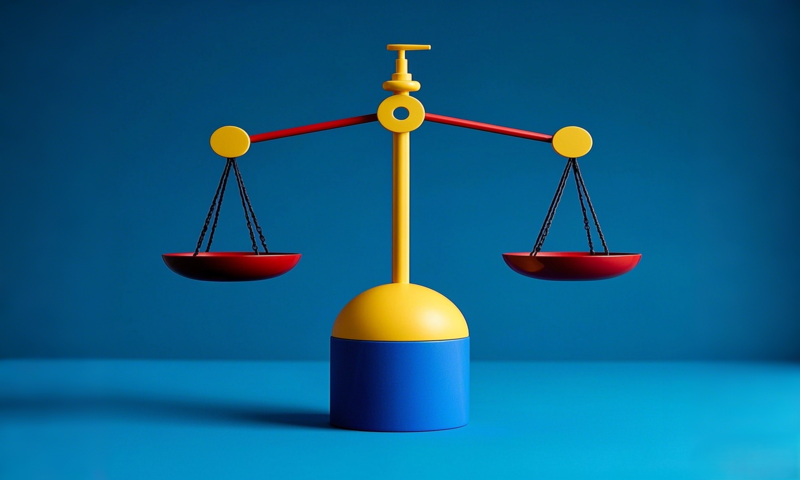
Balancing convenience and creativity in business logo design
Real-time editing and quick adjustments enable designers to experiment with different styles and ideas rapidly, while still maintaining the quality and integrity of the design.
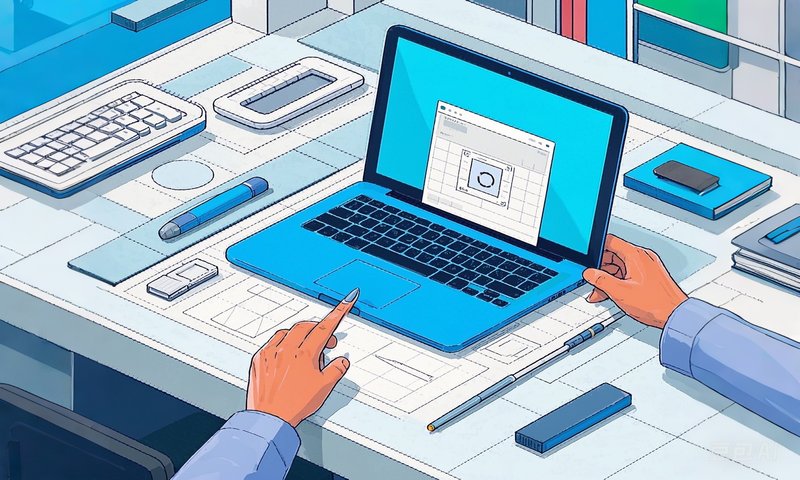
Collaborative Creativity with Real-Time Feedback
Teams can work together seamlessly in real-time, offering input and making adjustments on the design file directly. This fosters a collaborative environment that enhances creativity while staying aligned with the brand vision.
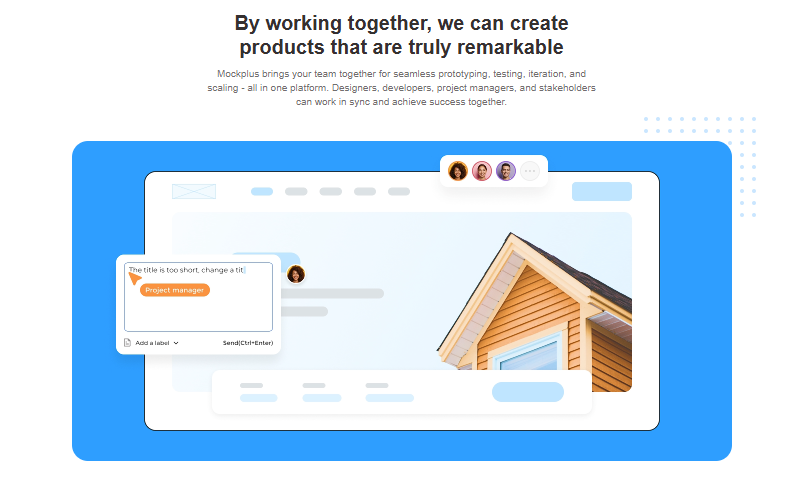
Collaborate with your team in Mockplus
Achieving the right balance between convenience and creativity is the key to successful business logo design. With smarter tools, designers can move quickly without compromising on the originality that defines great logos. By providing a streamlined workflow, these tools allow for seamless iterations, real-time feedback, and easy access to brand assets, empowering teams to work more efficiently while nurturing their creative vision.
Designing a business logo today doesn’t have to be complicated. With the right tools, the process becomes faster, more creative, and highly efficient.
By balancing creative freedom with structured workflows, designers can craft logos that reflect a brand’s identity, while staying aligned with its vision. Smart tools streamline every step—from building brand consistency to real-time collaboration—making it easier to iterate, gather feedback, and deliver high-quality logos faster. If you want to create impactful logos without the hassle, embracing smarter design tools is the key to a smoother, more effective process.
 Mockplus RP
Mockplus RP
A free prototyping tool to create wireframes or interactive prototypes in minutes.
 Mockplus DT
Mockplus DT
A free UI design tool to design, animate, collaborate and handoff right in the browser.
